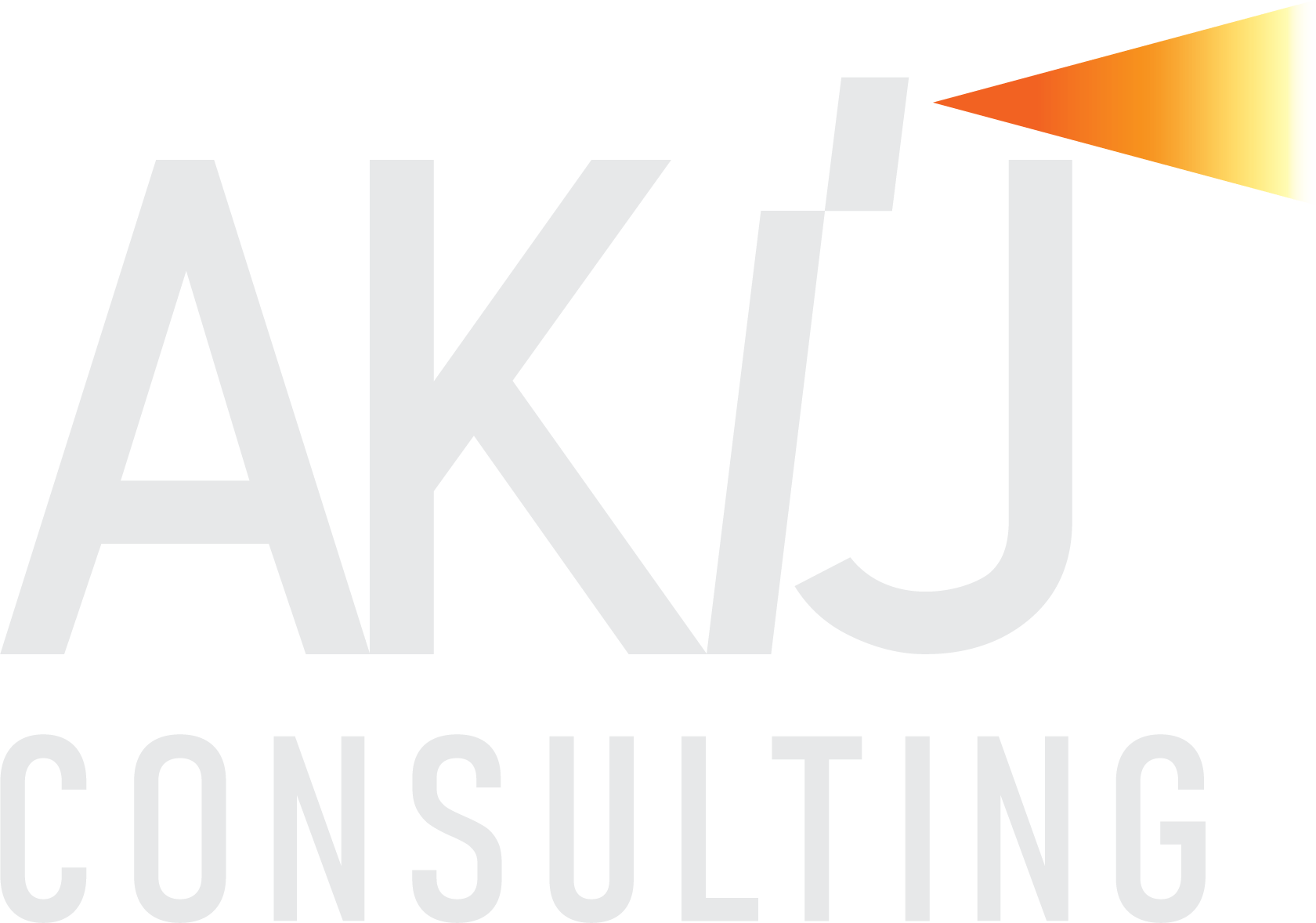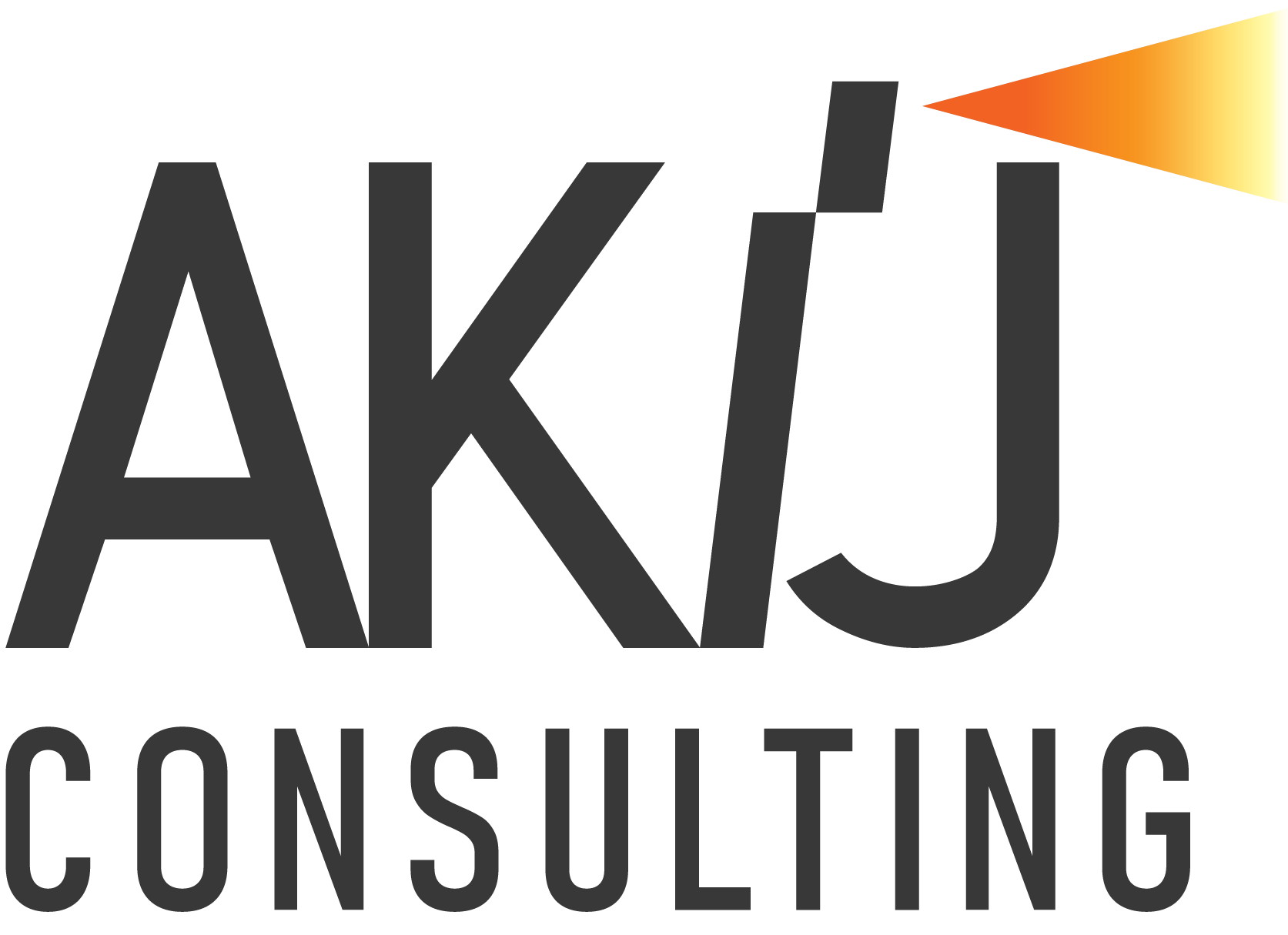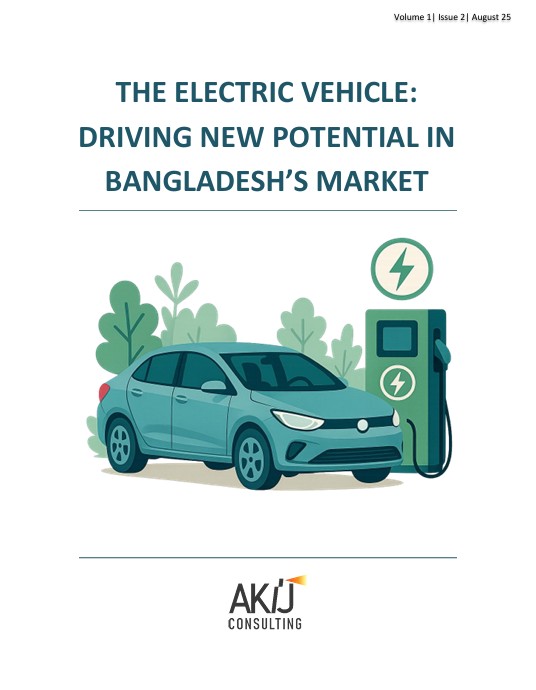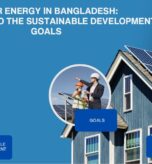𝗗𝗿𝗶𝘃𝗶𝗻𝗴 𝗕𝗮𝗻𝗴𝗹𝗮𝗱𝗲𝘀𝗵’𝘀 𝗘𝗹𝗲𝗰𝘁𝗿𝗶𝗰 𝗙𝘂𝘁𝘂𝗿𝗲: 𝗨𝗻𝗹𝗼𝗰𝗸𝗶𝗻𝗴 𝘁𝗵𝗲 𝗘𝗩 𝗢𝗽𝗽𝗼𝗿𝘁𝘂𝗻𝗶𝘁𝘆
The global electric vehicle (EV) market is accelerating at record speed. In the first half of 2025, EV sales crossed 7.2 million units—a 28% jump from 2024. China leads with 4.4 million sales, while the U.S., Europe, and India rapidly scale adoption.
For Bangladesh, this is more than a transportation shift—it’s an economic and environmental opportunity. By 2030, EVs could displace 2.5 million barrels of oil per day globally. Locally, this transition could cut 3.39 million tons of CO₂ emissions, reduce energy dependency, and strengthen sustainability.
𝗕𝗮𝗻𝗴𝗹𝗮𝗱𝗲𝘀𝗵’𝘀 𝗘𝗩 𝗠𝗮𝗿𝗸𝗲𝘁: 𝗦𝗶𝗴𝗻𝘀 𝗼𝗳 𝗔𝗰𝗰𝗲𝗹𝗲𝗿𝗮𝘁𝗶𝗼𝗻
Bangladesh is at the early stages of its EV journey but progress is visible:
>4,152 EVs registered and 114 charging stations established as of May 2025.
>Ambitious target of 30% EV adoption by 2030.
>Local manufacturing on the rise with Nitol-Niloy’s “Suvare” and electric
motorbikes from Walton, Runner, Akij, and Duranta.
>Growing investment in electric three-wheelers, with companies like Omega
Seiki betting big on mass commuter electrification.
𝗕𝗮𝗿𝗿𝗶𝗲𝗿𝘀 𝗼𝗻 𝘁𝗵𝗲 𝗥𝗼𝗮𝗱
>Charging gaps: only 14 approved stations (vs. 41,400 in the U.S.)
>Traffic congestion: Dhaka’s bottlenecks could limit EV efficiency
>High costs: upfront affordability still a barrier
>Fossil dominance: 307,000+ fuel vehicles remain in use
𝗣𝗮𝘁𝗵 𝗳𝗼𝗿𝘄𝗮𝗿𝗱
>Expand charging to 1,200 stations by 2026, backed by World Bank
>Improve traffic management systems for urban EV flow
>Deploy $100M adoption fund, tax breaks & tariff reforms
>Boost local manufacturing: Walton Digi-Tech ($120M lithium battery plant),
BAIL’s EV plant, Palki’s battery swapping hubs
𝗪𝗵𝘆 𝗜𝘁 𝗠𝗮𝘁𝘁𝗲𝗿𝘀
>75,000 new jobs expected by 2026
>$650M+ foreign investment already secured, including PPPs with global
OEMs
>Strong potential to position Bangladesh as a regional leader in green
mobility
𝗟𝗼𝗼𝗸𝗶𝗻𝗴 𝗔𝗵𝗲𝗮𝗱
Bangladesh targets 30% EV adoption by 2030 and 95% private ownership by 2050. Success demands bold policies, stronger infrastructure, and public-private partnerships.
With the right strategy, Bangladesh can transform today’s roadblocks into tomorrow’s growth engines—driving a cleaner, competitive, and sustainable future.
Full Article: The Electric Vehicle: Driving New Potential In Bangladesh’s Market







